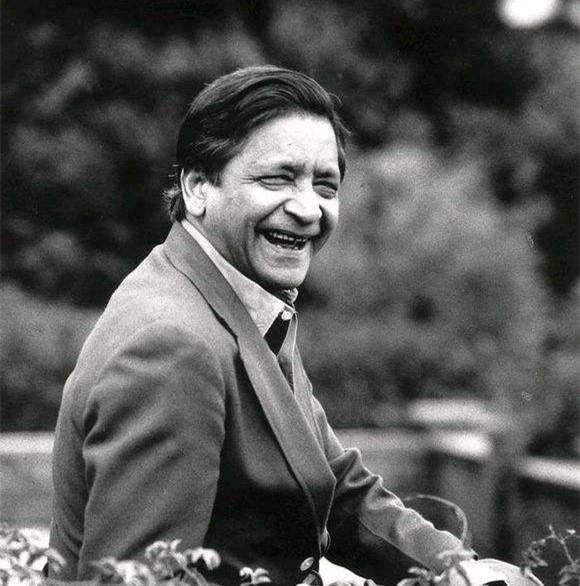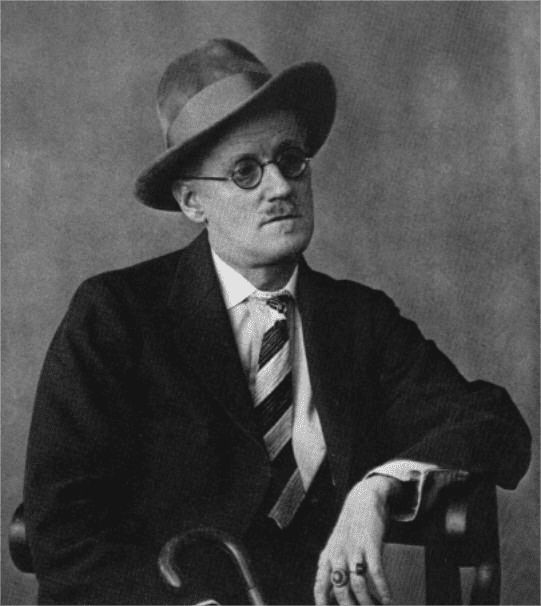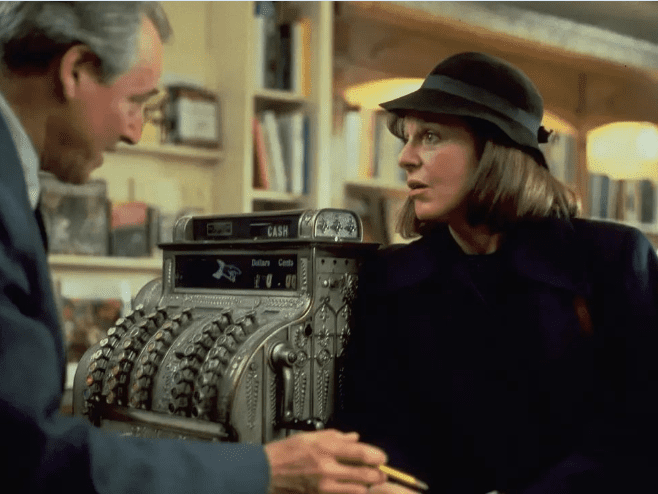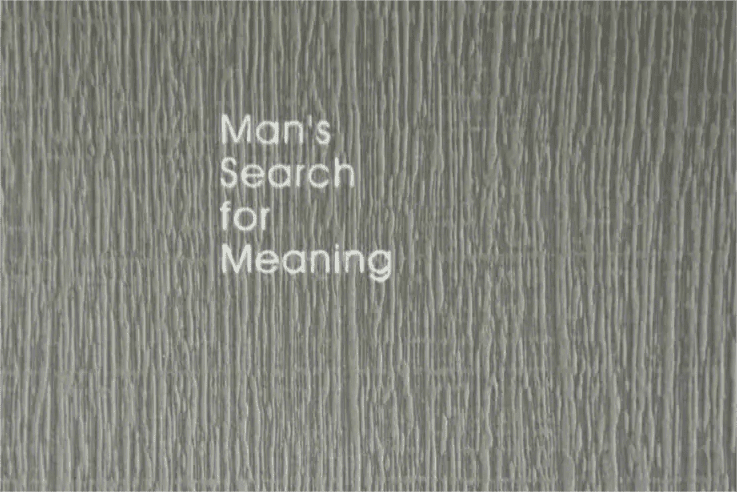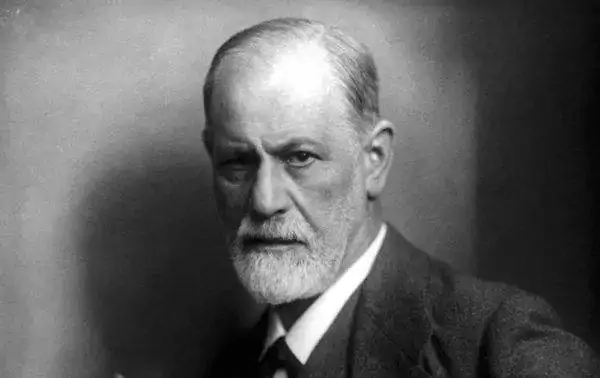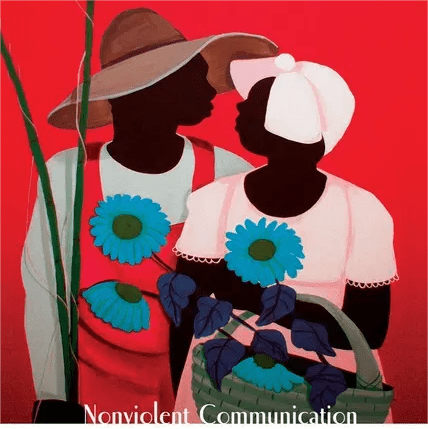At first open a book, some for the author, some for the title. Not all the classics can be read further. Some books do not attract me at first. I am moved by a certain paragraph or sentence as I read them. Naipaul’s Miguel Street is one such book.
We can not live in the past, people are constantly disappearing in the memory, the older the more like to recall the past, especially childhood, youth. Open the literary scroll, many classic works are the author tells the memory of the reappearance of the day. Proust’s “In Search of Lost Time,” Marquez’s “Living to Tell,” and Erenberg’s “People, Years, Life.” “Miguel Street” is Naipaul with the eyes of a child to see the place where he grew up, with a calm tone of calm about the street interesting people, interesting things. The author describes 17 characters, and this novel is also composed of 17 relatively independent stories. Different characters of Miguel Street will cross in each story, forming an independent and coherent chapter. Miguel Street is not special. In the author’s words, “an outsider driving by Miguel Street would say, ‘Ghetto! ‘Because he sees nothing else. But those of us who live here see it as a big world where everyone is different.” Or, in our childhood, we have seen such a street and met such people, but we can only see what they do and hear what they say. However, through ordinary people’s eyes, the author can see the helplessness and sadness of these small people living at the bottom of society. Each story is funny at first reading, but after reading it has unspeakable melancholy, silent sadness. Although they live in the slums, they have dreams and pursuits, and they are very persistent.
Mr. Wordsworth, who wrote a poem a month for his dreams, was a real poet in my eyes, but a madman in the eyes of adults. The poet wants to be read, wants to be understood, but can only go to children, children are born poets. He taught me to see the world with my heart, the bees, the ants; Tears for a tree, a flower; Look at the sea, look up at the stars… The world has become an exciting place. The poet lived in a one-room cottage in the middle of another street, in a lush courtyard with a tall mango tree, a coconut tree and a plum tree. This is clearly a noisy noisy side of the pure land, or is also the author for the poet to construct a paradise. It’s overgrown with shrubs and a poignant story. “A young man and a young girl met, fell in love and got married. They are all poets. Boys like words, but girls like grass, flowers and trees. They live happily. One day, the poet said to the poet, ‘There will be another poet in the family. ‘But the poet did not appear, for the girl died, and the little poet followed her, and died in her stomach. The girl’s husband was very sad and said he would never touch anything in the garden again, so the garden remains and grows freely.” In the eyes of “me”, everything is so beautiful, from the story read the poet’s sadness. The poet set out to write the greatest poem in the world, and spent a month creating “The past was deep…”
Although the “I” in the story is a child, it puts forward the realistic question to the poet, “What to live by”? The poet said he earned his living by singing minor tunes every year during the Calypso season. Regardless of whether it is possible to make a living or not, people who truly love art always have a spiritual life above a material life. The poet, who lives in poverty and low society, has to face the reality on his deathbed. He tells “me” that the story is made up, and that all the poems written and the greatest poems in the world are also false. It doesn’t matter whether the story is true or not. The ideal is beautiful, but the reality is cruel. The poet may not want “me” to fall into illusory beauty. The poet is dead. A year later, the mango trees, the plum trees, the coconut trees were all cut down, and there were only bricks and cement. It’s as if Mr. B. Wordsworth never existed. The trees, the house, the poet are like a beautiful dream. Such a dream we have done, reality is reality, but the dream is to do.
People on Miguel Street who are obsessed with what they love are always hard to understand. If Mr. B. Wordsworth is called mad, Morgan in “The Cracker” is a clown. Morgan made fun of himself and his children and did a lot of ridiculous things to get attention. People only regard him as a clown, after a long time will not laugh out, there will see the clown’s tears. When everyone had lost interest in Morgan, he really became a joke. Morgan and other women were found by his wife, tall wife put thin Morgan in his arms, Shouting let the whole Miguel title people came to watch. This is certainly not Morgan’s preferred gaffe, and the reader is left with a sad feeling after laughing along with the Beagle Street crowd. The sadness was not just that Morgan had made such jokes, but that he had given up his passion for making fireworks.
The author borrows Hart’s words: “When one begins to laugh at what one has been fighting for, one does not know whether to laugh or cry.” Hart, too, was a man of Miguel Street, like a philosopher, and now and then said something of meaning. The author said Morgan was the first artist he met. Morgan has been working on the cracker, trying to make the most beautiful cracker in the world, and everyone just sees him as a clown. Finally, the people of Miguel Street were able to enjoy Morgan’s fireworks. Morgan’s fireworks were all burned, caused a fire, but let people enjoy the charm of Morgan’s fireworks for the first time. “Only Morgan doesn’t do fireworks anymore.” This sentence alone is enough to arouse the reader’s sympathy and pity for him.
If people like Morgan don’t come along very often, Baku, a mechanical engineer, does. Baku loved to fix cars, but he always couldn’t fix them, and he would fix the good ones to satisfy his love of fixing cars. He manipulates motor vehicles purely for fun and never seems to worry about money. However, the reality is that they have to live, so his wife has to earn. The conflict between ideal and reality runs through the book. The author uses humor and exaggeration to describe these characters, but they are closely connected with reality. They are certainly not people who live in an ideal world. To make a living, Baku bought a truck, hoping to make money from it, but driven by his desire to work with motor vehicles, he broke a new one, sold it, bought a car to rent, and finally had to sell it. Baku went to the hospital after crashing his swinging motor vehicle. Baku singing Ramayana under a motor vehicle is just too funny. His wife worships him even though she quarrels with him all the time, and keeps the board Baku uses to beat her. Or, it is just a ridiculous and pathetic way to live in the lower class of society. Fiction is the mirror of life, the author just used a magnifying glass, we also have such people around, if a little more sympathy and compassion, will not only see their ridiculous.
Miguel Street is also a microcosm of society, with a variety of characters like our world. Hart is a figure throughout the book, a presence in every story, with a pithy line or two here and there, a philosopher and a spokesman for the author. The author arranges Hart’s story for last. Hart was a man who had no children of his own but loved children very much. He took the children of Miguel Street to watch cricket, football and horse racing, and liked to sit on the pavement and talk to people, and get drunk on Christmas Eve and New Year’s Eve. Yet he was a helpful, humorous, central character on Miguel Street. A man who made people laugh and seemed to have no private life eventually fell in love with a woman and put her in prison for four years. Then Hart moved to an island a few miles from Spain, where prisoners were kept. “I was fifteen when Hart went to prison and eighteen when he got out,” the author writes wistfully. Just three years is enough for a teenager to turn into a young man and begin to look critically at those around him. People who used to like to admire now think nothing of it, even look down upon it, find it not interesting at all, including Hart. “A part of me has died since Hart went to prison.” Again, the last line of the story, those “I” had thought interesting people also disappeared with childhood, youth. As the author left Miguel Street as an adult, “I said goodbye to each of them and walked quickly to the plane. I didn’t look back. I only saw my own shadow in front of me, a tiny figure bouncing on the asphalt.”
No matter how memorable is the past, we can only move forward, but the past will always climb up by itself, the past is deep…


